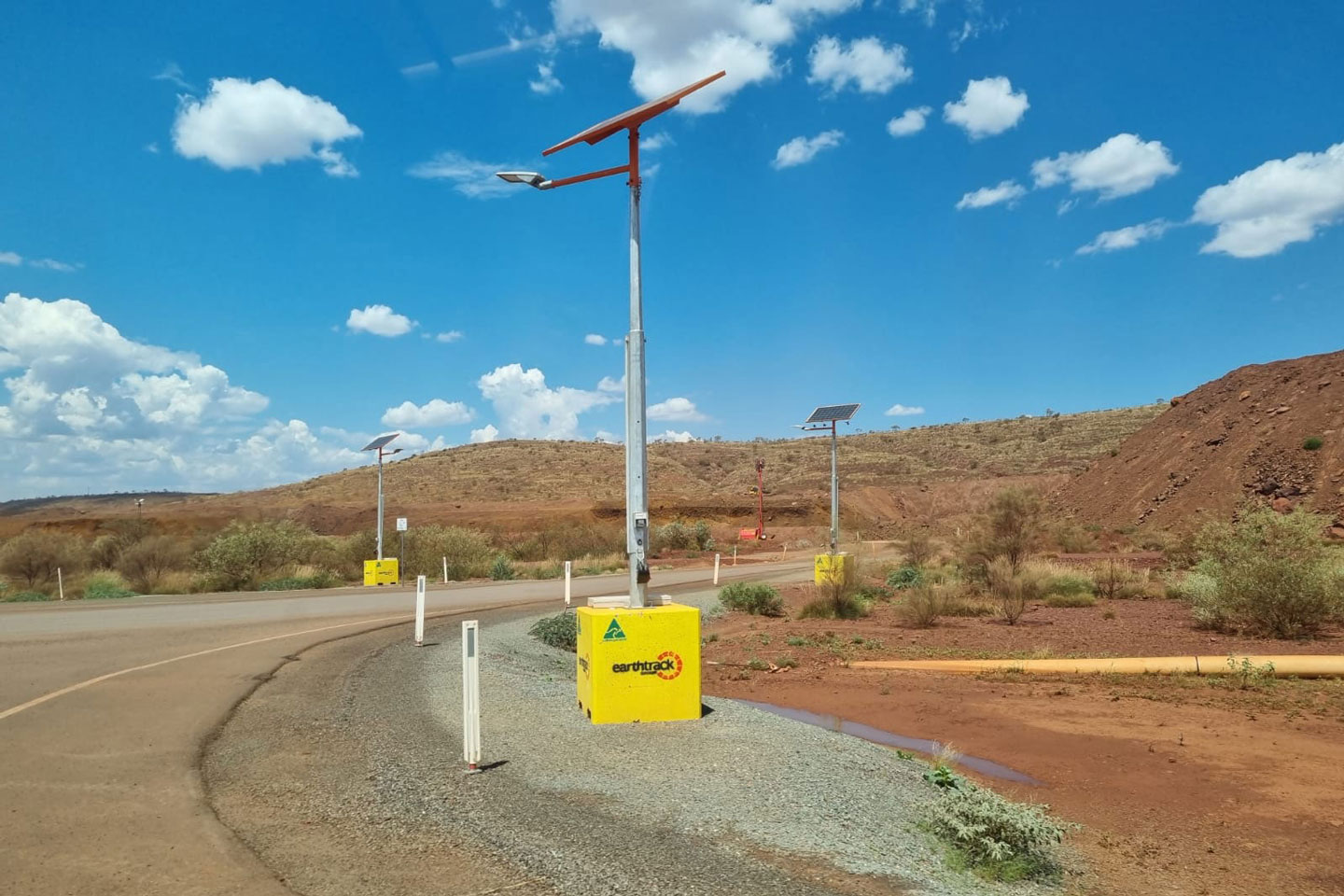

As the world continues to focus on reducing carbon emissions and promoting clean energy, the use of LED and solar industrial lighting is becoming increasingly popular in Australia. These technologies offer significant benefits over traditional lighting solutions in industrial settings. However, there are still many questions that people have about these technologies and lighting planning in general. Below we provide answers to some of the most frequently asked questions about LED and solar industrial lighting in Australia.
What are the benefits of using LED lighting?
Being energy efficient with lower running costs than traditional halide lighting, LED is a good choice due to having a longer lifespan and lower maintenance costs. Additionally, LED lighting produces less heat than traditional lighting solutions, which can help to reduce the load on air conditioning systems in industrial buildings.
What are the benefits of using solar lighting?
Solar lighting is a sustainable and cost-effective solution for industrial lighting. It does not require a connection to the electrical grid, which can save on electricity costs and reduce the impact on the environment. Solar lighting is also very low maintenance, as the batteries can last for several years without needing to be replaced.
While solar lighting is typically associated with outdoor applications, there have been some recent developments in using solar lighting for interior applications. One example is the use of solar-powered skylights, which can provide natural lighting for interior spaces while also reducing energy consumption. There is also industry development of interior hybrid solar lighting systems, which combine natural daylighting with artificial lighting powered by solar panels.
What is the best way to determine the required light levels for a site?
The required light levels for an industrial site can be determined by conducting a lighting survey or audit, which involves measuring the existing light levels and comparing them to the recommended levels for the specific type of work being conducted in the area.
There are specific lux levels that are recommended for different work types to make sure illumination is adequate for the task performed in the area. As an indication, the more detailed the task, the higher the lighting level required. To give examples, a coffee break room or waiting room may be 200 lux, a corridor or walkway may only require 50-100 lux, while an area where detailed drawing work or electronic testing may require 1500+ lux.
How do you determine the appropriate spacing between lighting fixtures for a site?
The appropriate spacing between lighting fixtures for an industrial site will depend on a number of factors, including the size and shape of the area, the required light levels, and the type of lighting fixtures being used. Generally, the spacing should be such that there is uniform illumination throughout the area.
A lighting design can plot lighting fixtures for a site to help with lighting project planning, incorporating the technical specifications of each luminaire, pole or ceiling heights and other site specific information.
How do you account for the effects of weather, dust, and other environmental factors when designing industrial lighting plans?
For extreme locations, it is critical to select fittings that are fit-for-purpose. Fittings are readily available with protective covers or enclosures and appropriate IP ratings for dust and water resistance. There are lighting fittings that are proven even in the harshest conditions, including high temperature, marine or cyclonic wind regions. Taking it a step further, if areas include combustible dust or chemicals, then an explosion proof model, certified under IECEx in Australia is critical.
What is the impact of light pollution and how can it be mitigated in an industrial setting?
Light pollution can have a negative impact on the environment and human health. To mitigate the effects of light pollution in an industrial setting, it is important to use lighting fixtures that are designed to minimize light spill and glare, to use shields or covers to direct the light where it is needed, and to use lighting controls to turn off or dim the lights when they are not needed.
Are there any standards or practices that need to be adhered to when designing a lighting plan?
There are several lighting standards that should be considered when designing site lighting for an industrial area in Australia, the main ones being:
- AS/NZS 1158 for the design of road lighting, and
- AS 1680 for the interior and workplace lighting
There are also standards that cover specialist uses such as sports and hazardous areas. It is always important to work with qualified lighting professionals who are familiar with the relevant regulations and can provide guidance on compliance.
In conclusion, LED and solar lighting solutions are becoming increasingly popular in Australia's industrial settings due to their sustainability and cost-effectiveness. While there are many benefits to using these technologies, it is important to carefully consider the specific application and needs of the industrial setting when choosing a lighting solution. By doing so, businesses can reap the benefits of sustainable and efficient lighting solutions while also reducing their impact on the environment.











